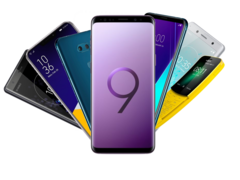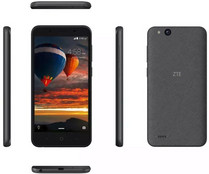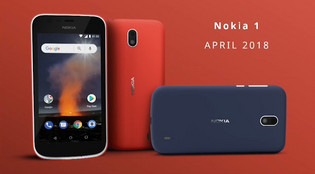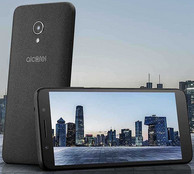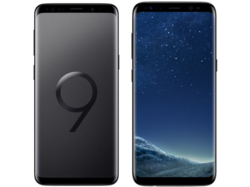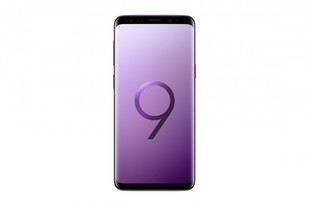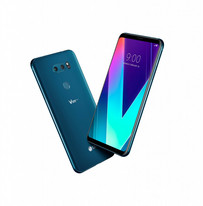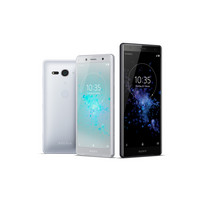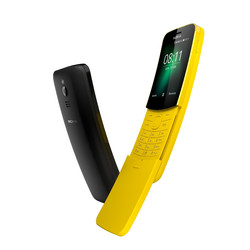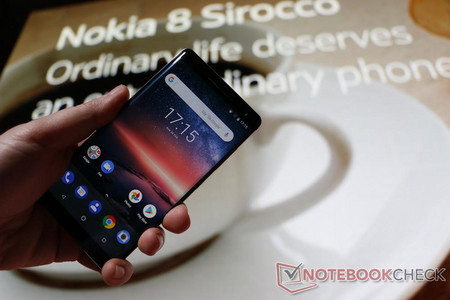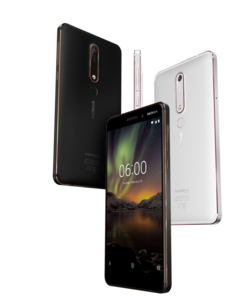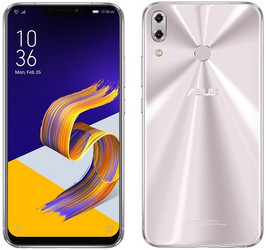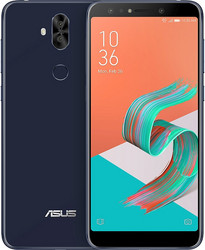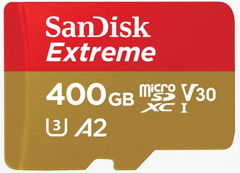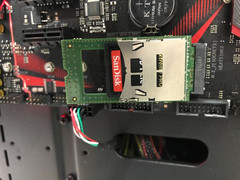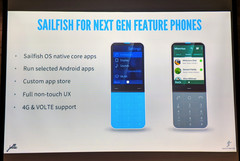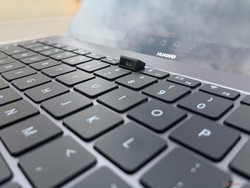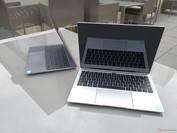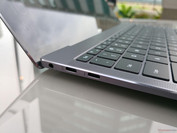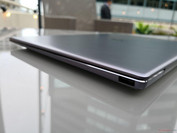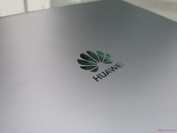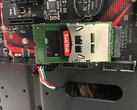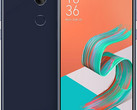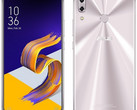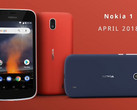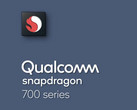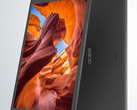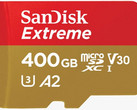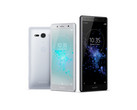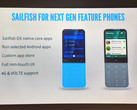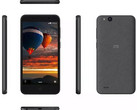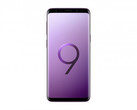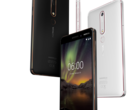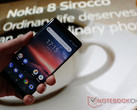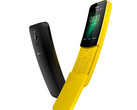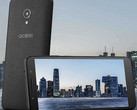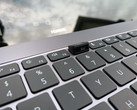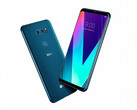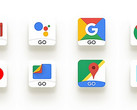MWC 2018 has come and gone along with the usual avalanche of devices, announcements, and press. We've covered a lot over the past week, so here's an analysis of the news we shared these past 7 days.
Budget Bliss: Low-tier phones rock the show
In a surprise turn of events, the biggest buzz isn't about the latest powerhouse smartphones. Rather, the focus of MWC was arguably on the lower end of the market. Several OEMs announced budget-tier smartphones, and Google announced the launch of its Android Go initiative. Whereas the Android One program (which has seen success over the past few years) focuses on delivering phones with stock Android and long-term support, Android Go can be thought of as a retooling of Android specifically for low-spec devices with less than 1 GB of RAM. Android Go is essentially a lightweight version of Android with its own suite of Google-centric apps. Several manufacturers jumped on this announcement, and MWC was the stage for their Android Go devices.
Android Go phones making their debut include the Nokia 1, ZTE Tempo Go, and Alcatel 1X (among others). Each of these devices flaunts a low-powered SoC (think the Snapdragon 2XX series or MediaTek MT6580), low-resolution display, and 1 GB of RAM or less. The phones are priced accordingly, hovering at or below the USD $100 mark. That price point, coupled with the optimizations that Android Go promises to bring, make these devices tantalizing as backup or replacement devices to a more powerful mid-range or flagship phone. We'll be sure to get reviews of these devices and the experience that Android Go offers as soon as we can.
Flagships fall flat: Slo-mo video and slower development
Samsung, LG, and Sony all debuted some of their flagships for this year, but the overall impression is rather flat. While these are excellent phones in their own right, they are simply minor iterations on last year's models. The Galaxy S9 and LG V30S ThinQ, in particular, feel more like refinements on their 2017 counterparts than new phones. The Galaxy S9 had a hard act to follow after the drastic redesign the S8 brought to the Galaxy line; the S9 subsequently failed to impress. Yes, the SoC is slightly better, the fingerprint reader has been moved to a better spot, and the cameras feature a new variable aperture and slow-motion video, but these are the only major changes for 2018. These features themselves come off as gimmicks rather than necessary improvements to the experience; as such, it's doubtful that many Galaxy S8 users will upgrade. The S9 can be seen as a more polished S8 that may be attractive to those still using flagship devices from 2015 and 2016.
If the Galaxy S9 was a minor improvement over its predecessor, the LG V30S ThinQ (pronounced "think-queue") is even more so. The main changes include a bump in both RAM and storage capacities over 2017's V30 (6 GB RAM and up to 256 GB storage in the V30S ThinQ vs. 4 GB RAM and a maximum of 128 GB of storage in the V30). There is some new AI-based tech that aims to improve the automatic modes when shooting stills and video, but considering the main draws the original V30 were its impressive manual camera and video modes, these AI features may never be touched by the power users at which the phone is targeted.
The new Xperia XZ2 and XZ2 Compact mark a new chapter in the venerable Xperia line with a divisive new design. Eschewing Sony's long-standing right-angle design, the XZ2 and XZ2 Compact have a curved back, a rear-mounted fingerprint sensor, and (sadly) no headphone jack. The displays have also been stretched to the increasingly-common 2:1 aspect ratio (18:9 according to marketing material). The new design language has drawn criticism from some and praise from others and will surely be a primary topic in upcoming reviews.
Nokia Reborn: HMD hits hard
Only a few years ago, HMD Global was a relatively unknown player in the smartphone market that primarily produced low-end Android phones. However, since purchasing the rights to the Nokia name, HMD has been breathing new life into a brand that was once the juggernaut of the mobile phone world. Front and center is the Nokia 8 Sirroco, a flagship-class phone that will be a part of Google's Android One program. While the Nokia 8 is specced out like a 2017 flagship (Snapdragon 835, 6 GB of RAM, 16:9 1440p display), its inclusion in Android One should keep the phone ticking for at least the next three years thanks to the guaranteed support from Google. The device drew early criticism because of its boxy design; the chassis doesn't fit well in the hand, and the phone may be hard to handle for most users. The price tag also reflects its flagship status: the Nokia 8 is expected to retail for €749 before taxes.
The Nokia 7 Plus is HMD's offering for the mid-range market. Despite its middle-of-the-road internals (Snapdragon 660, 4 GM RAM, 5.5-inch FHD+ 2:1 display), its design closely resembles that of the Nokia 8. The 7 Plus also features a Zeiss-branded dual-camera setup around back which couples some of the same optical features as its bigger brother. The Nokia 7 Plus is sure to be a major player in the mid-range world.
In addition to the aforementioned Nokia 1, HMD is bringing another budget device to market. The Nokia 8110 4G, however, is leaning on nostalgia as a selling point more than anything. The deice is a feature phone with rudimentary apps (Facebook, email, etc.) and is modeled to look like the "banana phone" of the late 90s (you know, the phone used by Neo in The Matrix). The 8110 4G will run €79 (excl. VAT) this May.
Asus ZenFones: Another notch in the belt
Asus had quite the showing this year, unveiling three new models in their ZenFone line. The ZenFone 5Q is a decently-specced midrange device powered by a Snapdragon 630 SoC. The design is similar to the ZenFones of last year: rounded edges, slim (but still present) bezels, and Asus's ZenUI skin on top of Android Oreo.
The biggest news from the Taiwanese manufacturer was undoubtedly the ZenFone 5 and 5Z. While the phones look good in their own right, the design got everyone talking, and with good reason: the ZenFone 5 and 5Z are heavily inspired by (if not straight copies of) the iPhone X and its controversial notched screen. There are a few things that set the ZenFones apart from their Apple counterpart, but there's no denying the resemblance.
The Future is Now: Concepts and bleeding-edge tech
Of course with the amount of press coverage surrounding the event, MWC is a time to show off the latest and greatest, even if it's not quite ready for commercial release. Vivo took full advantage of this in order to show off their APEX concept phone, a device with a staggering 98% screen-to-body ratio. This all-screen phone was possible thanks to a combination of a flexible OLED panel, Vivo's in-screen fingerprint reader, and some other technical wizardry. The phone is just a concept, and Vivo hasn't stated whether or not the device will ever go on sale, but there are rumors circulating this week that Vivo may indeed release the phone in the near future.
AI debuted in a big way as well, and Qualcomm is leading the charge with their Snapdragon 700 series SoCs. It seems like every phone had some kind of AI feature, and most of it revolved around imaging. The LG V30 ThinQ, for example, uses some AI software to help users snapshots more easily and attempt to predict settings that they will like. At this point, AI still seems a bit of a gimmick. There has yet to be a "must have" implementation of AI, but keep in mind that the technology is still in its infancy.
The expandable storage market got a shot in the arm from two major players. SanDisk introduced a 400 GB MicroSD card that was dubbed the "world's fastest UHS-I MicroSD card." With read and write speeds in the 160 MB/s and 90 MB/s range, respectively, the card should be a boon for mobile phone videographers. Western Digital showed off a jaw-dropping proof-of-concept PCIe interface for SD cards. Through the drive, WD was able to achieve reads of 880 MB/s and sequential writes of 430 MB/s. While this is only a proof-of-concept and won't be available for purchase anytime soon, it could be a mark of things to come for stills and video cameras and eventually smartphones (if MicroSD expansion doesn't go the way of the headphone jack).
There may soon be a third player to challenge the dominance of Apple and Google. Jolla, the organization behind Sailfish OS, took the sheet off the latest iteration of their alternative mobile OS. Simply called Sailfish 3, the operating system brings performance improvements and compatibility with a collection of Android apps. Sailfish 3 also supports 4G LTE, VoLTE, fingerprint readers, and mobile VPNs.
Lastly, Huawei brought an interesting device to show, but it wasn't a phone. Rather, the new Huawei MateBook X Pro is a 13.9-inch ultrabook with incredibly thin bezels (which Huawei claims are the thinnest in the world). The most interesting feature of the device may be the placement of the webcam, which pops up from a dedicated button above the number row. While this placement keeps the webcam out of the way and the bezels thin, the resultant viewing angle is far less than ideal. We'll get a review of the MateBook X Pro when the device launches this summer.
Conclusion
We've covered a lot of information in this overview. Even still, this article barely scratches the surface of everything that was covered at MWC 2018. For more information on the latest mobile technology, be sure to search our article archive using the keyword "MWC 2018."
Source(s)
Notebookcheck




